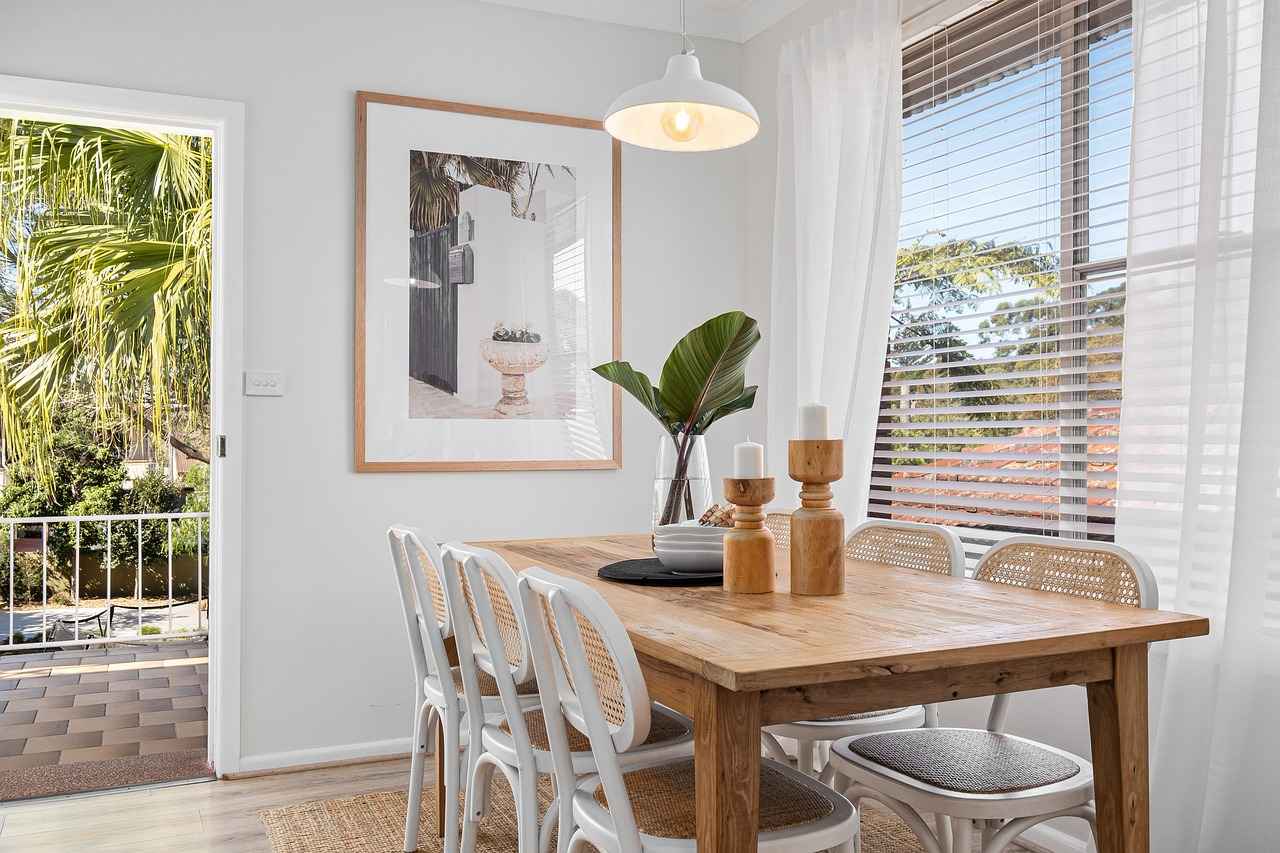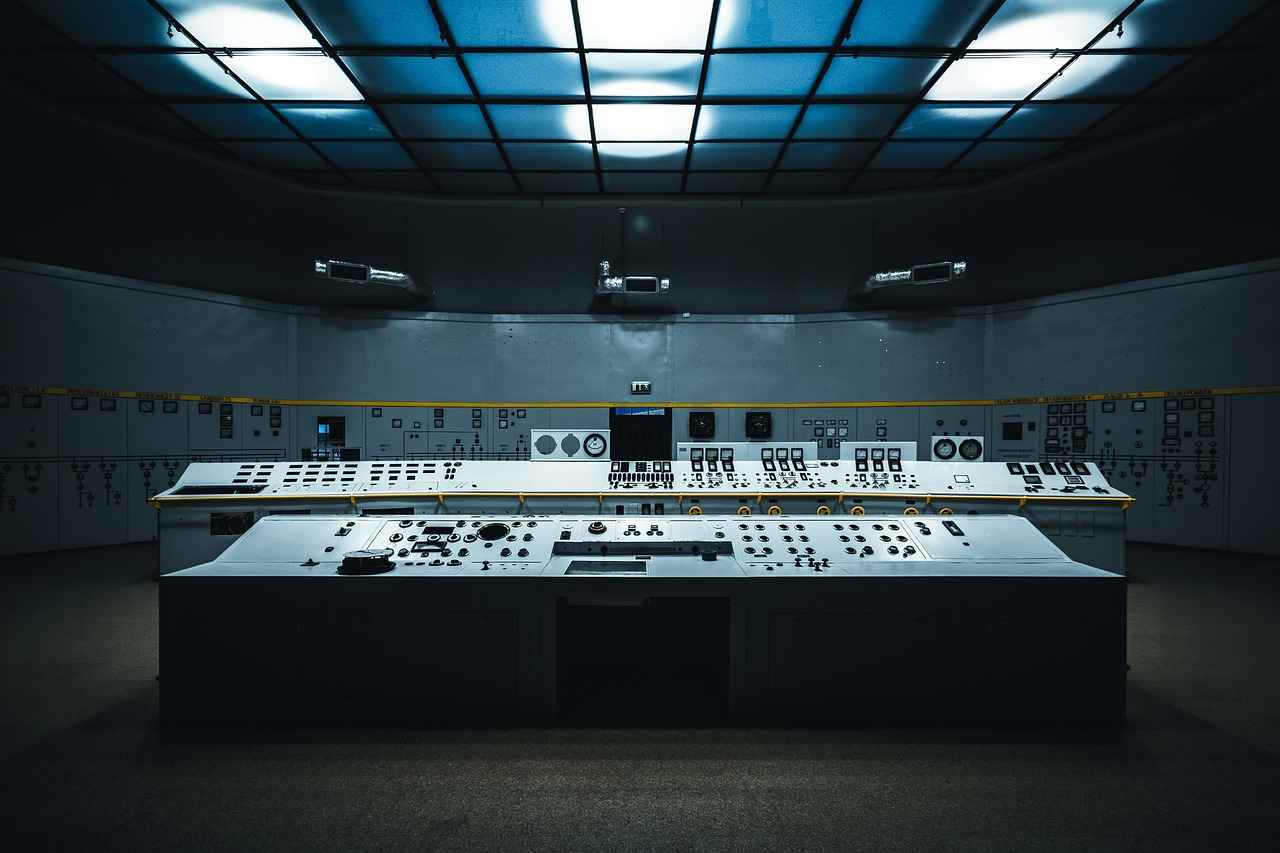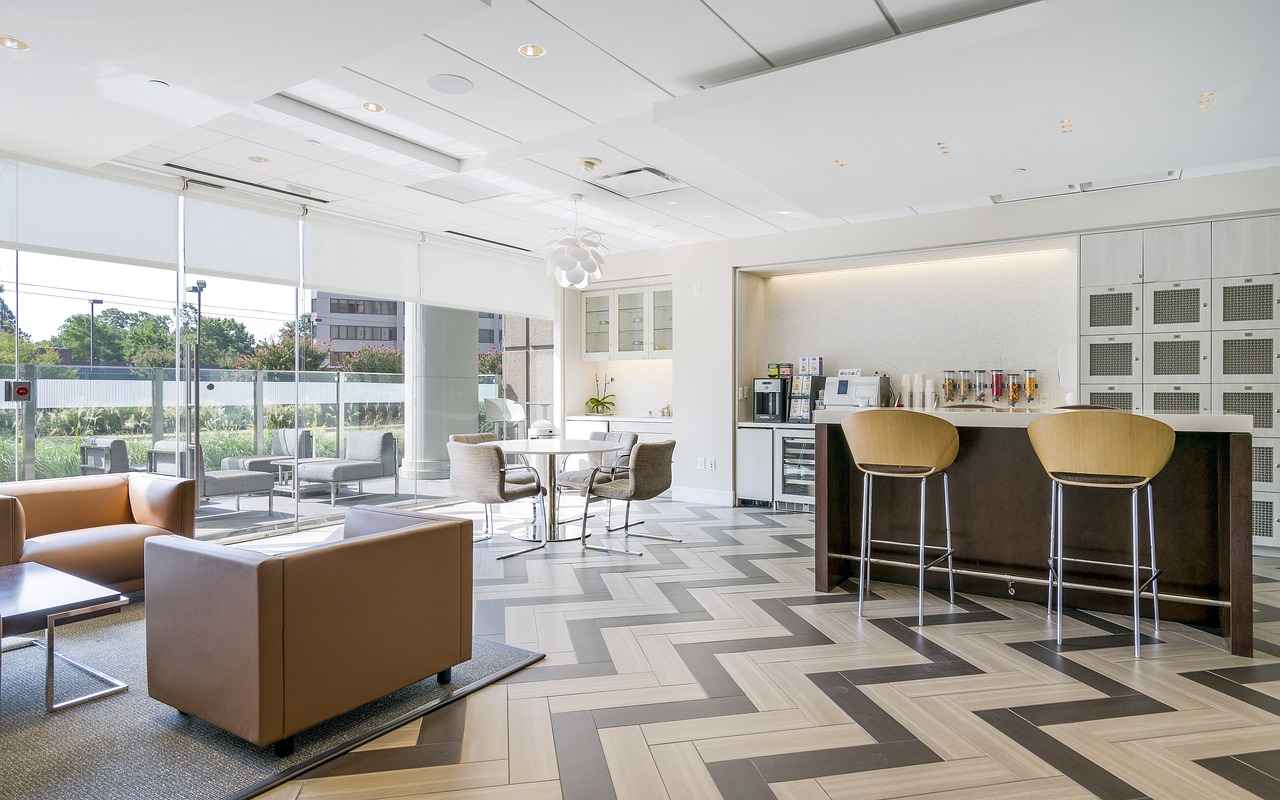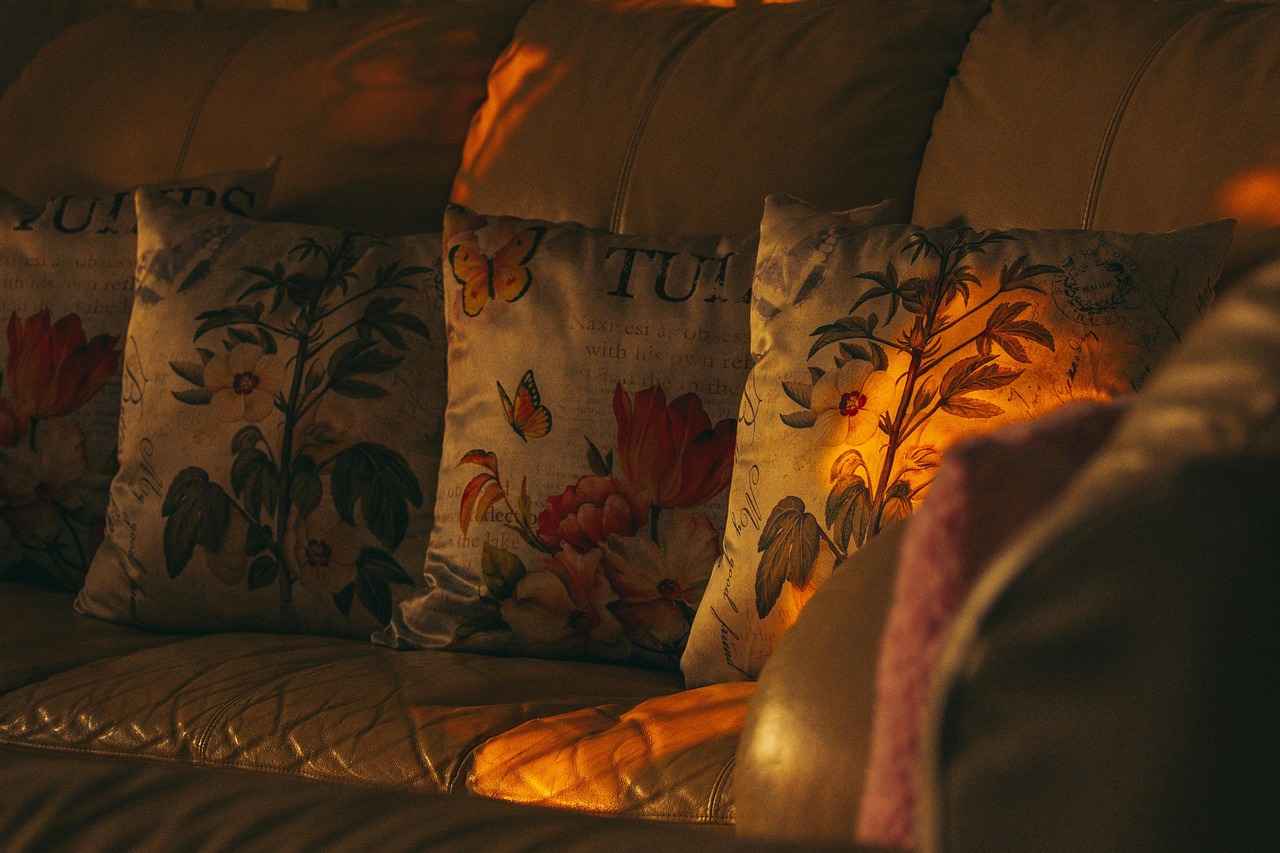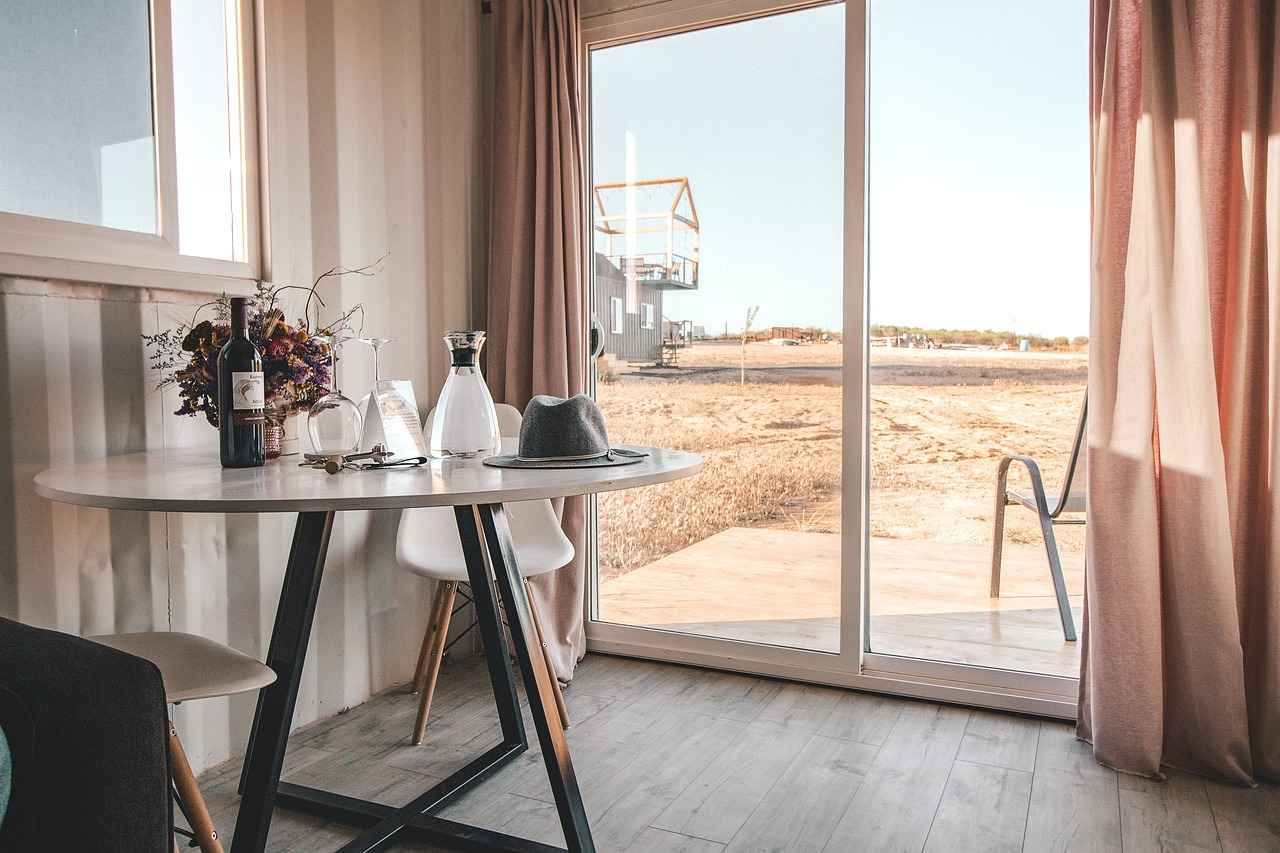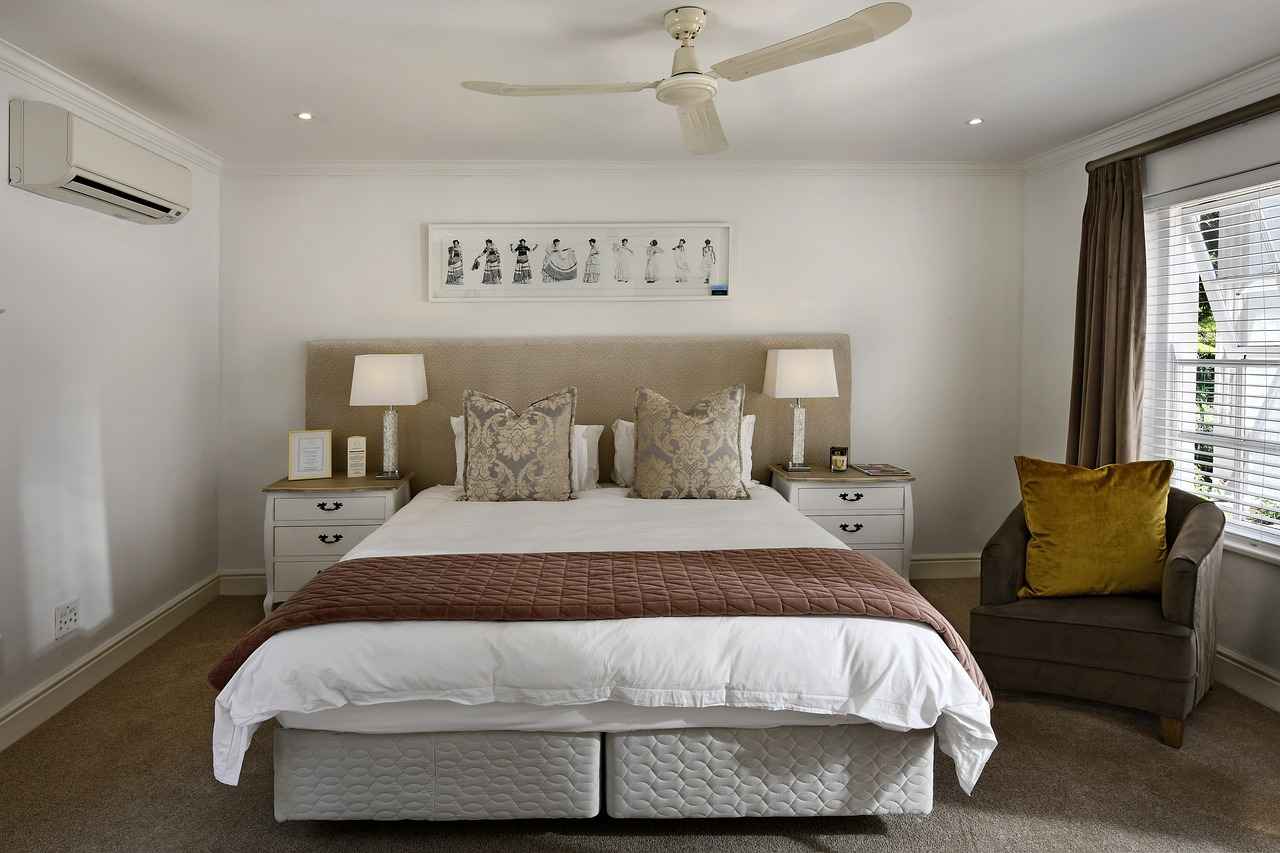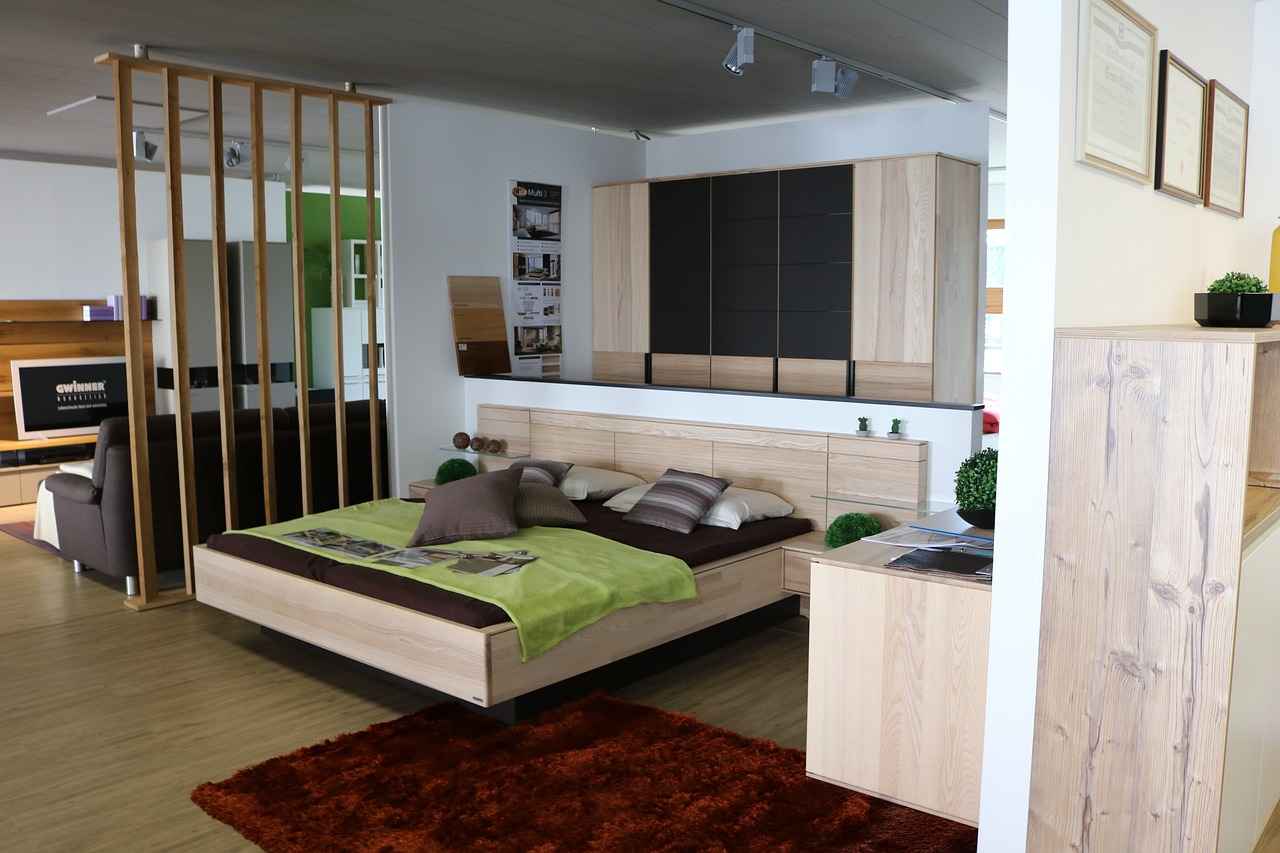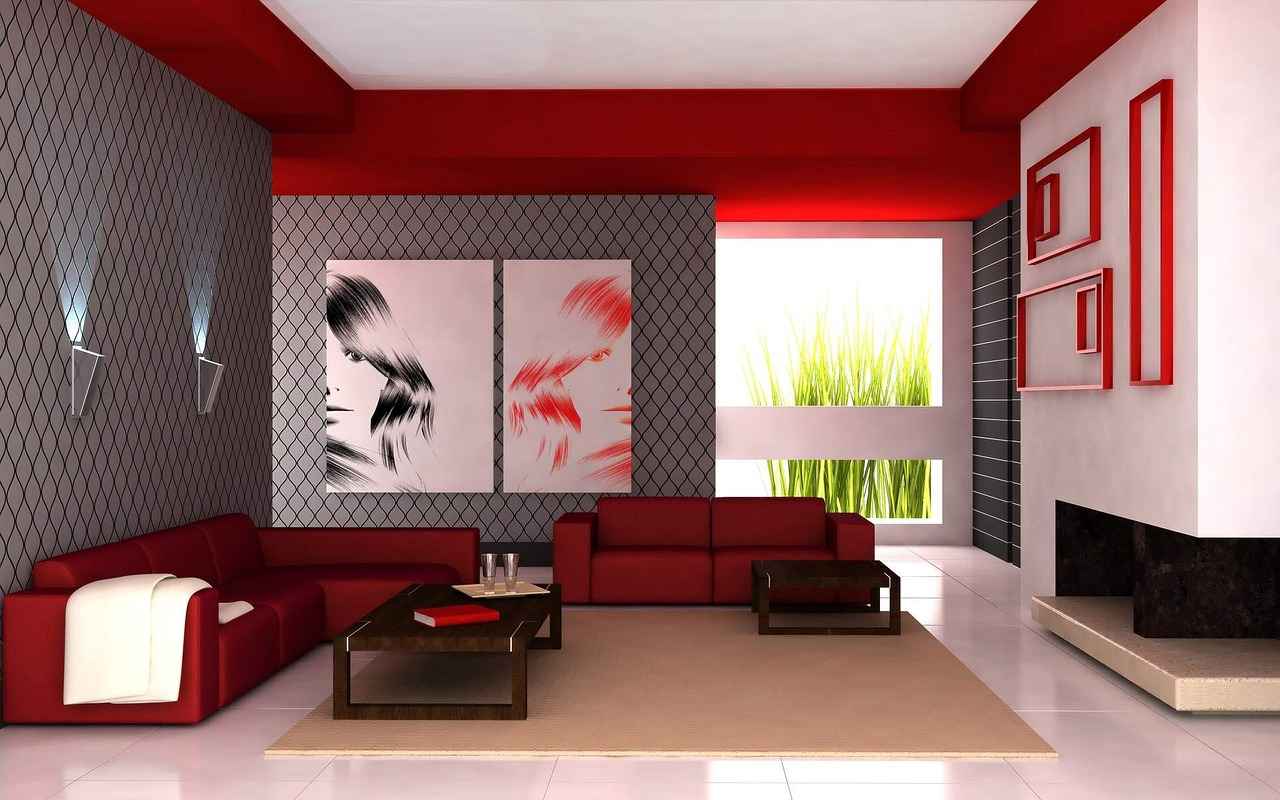This article delves into the key distinctions between office cubicle dividers and home partitions, guiding you in selecting the best option tailored to your needs for privacy, functionality, and aesthetics.
Office cubicle dividers are modular partitions that create individual workspaces in an office setting. They are designed to promote privacy and minimize distractions, allowing employees to concentrate better on their tasks. These dividers come in various styles, heights, and materials, making them a versatile choice for modern offices.
Home partitions serve as flexible dividers within residential spaces. They can transform open floor plans into distinct areas, contributing to both privacy and aesthetic appeal. Homeowners often use these partitions to define spaces for different activities, such as work, relaxation, or family gatherings.
By minimizing noise and visual distractions, cubicle dividers significantly enhance workplace productivity. Employees benefit from a sense of personal space, which can lead to improved focus and efficiency in their work. The right design can create an environment conducive to collaboration while still offering individual privacy.
Home partitions can be stylish decor elements that reflect personal taste. They come in various designs, materials, and colors, allowing homeowners to create a cohesive look that enhances their living space. Whether opting for sleek glass or warm wood, these partitions can elevate the overall aesthetic of a home.
Investing in office cubicle dividers can be a cost-effective way for businesses to optimize their workspace without the need for major renovations. These modular systems can be easily reconfigured or expanded as the company grows, making them a smart long-term investment.
Home partitions provide unparalleled flexibility, allowing homeowners to adapt their living spaces to changing needs. Whether it’s creating a temporary workspace or a cozy reading nook, these dividers can be rearranged or removed with ease, accommodating evolving lifestyles.
Common materials for office cubicle dividers include fabric, glass, and metal. Each material serves a unique purpose: fabric offers sound absorption, glass provides a modern aesthetic, and metal ensures durability. Choosing the right material can enhance both functionality and design.
Home partitions can be crafted from various materials such as wood, fabric, and acrylic. The choice of material should align with the home’s overall design and the desired level of privacy. For instance, wood provides warmth, while acrylic offers a contemporary touch.
Acoustic privacy is paramount in office design. Cubicle dividers can significantly reduce noise levels, fostering a more focused work environment. By utilizing sound-absorbing materials, these dividers can help maintain a quieter atmosphere, which is essential for productivity.
Home partitions can play a crucial role in enhancing family dynamics by creating designated areas for various activities. This separation can reduce conflicts over shared spaces and provide family members with the personal space they need, ultimately promoting harmony within the household.
When installing office cubicle dividers, several factors must be considered, including layout, height, and accessibility. Proper planning ensures that the dividers meet the specific needs of the workspace, facilitating smooth workflow and employee satisfaction.
In 2023, home partition design trends emphasize sustainability and multifunctionality. Homeowners are increasingly opting for eco-friendly materials and innovative designs that not only enhance aesthetics but also serve practical purposes, such as storage or display.

What Are Office Cubicle Dividers?
Office cubicle dividers are essential components in modern office design, serving as modular partitions that effectively delineate individual workspaces. These dividers are specifically engineered to enhance privacy and minimize distractions, creating a conducive environment for employees to focus on their tasks. By segmenting open office layouts, cubicle dividers not only provide personal space but also foster a sense of ownership among workers.
Office cubicle dividers come with a variety of features that cater to the diverse needs of contemporary workplaces. These include:
- Modularity: They can be easily reconfigured to adapt to changing office layouts or team sizes.
- Sound Absorption: Many dividers are designed with materials that help to absorb sound, enhancing acoustic privacy.
- Customization: They are available in various colors, materials, and designs, allowing businesses to align them with their brand aesthetics.
- Durability: Made from robust materials such as metal, fabric, or glass, these dividers are built to withstand daily wear and tear.
Research shows that a well-structured workspace can significantly boost employee productivity. By providing a physical barrier, cubicle dividers help in:
- Reducing noise levels, which can be a major distraction in open office settings.
- Creating a more organized work environment, allowing employees to focus on their tasks without interruptions.
- Encouraging collaboration while still offering the option for privacy when needed.
Investing in office cubicle dividers can be a cost-effective strategy for businesses. Instead of undertaking expensive renovations or constructing permanent walls, cubicle dividers offer a flexible solution that can be adjusted as the company grows or changes. This adaptability not only saves money but also reduces downtime during office reconfigurations.
The materials used for cubicle dividers vary widely, each offering distinct advantages:
- Fabric: Ideal for sound absorption and available in numerous colors and textures.
- Glass: Provides a modern aesthetic while allowing natural light to flow, promoting an open feel.
- Metal: Known for its durability and sleek appearance, often used in contemporary office designs.
Acoustic privacy is crucial in an office setting, and cubicle dividers play a vital role in achieving it. By utilizing sound-absorbing materials, these dividers help to lower ambient noise levels, allowing employees to concentrate better. This is particularly important in industries where focus and attention to detail are paramount.
When considering the installation of office cubicle dividers, several factors should be evaluated:
- Layout: Plan the arrangement to optimize space and workflow.
- Height: Choose dividers that provide adequate privacy without making the space feel closed off.
- Accessibility: Ensure that the dividers do not obstruct movement or emergency exits.
In conclusion, office cubicle dividers are indispensable in creating a functional and aesthetically pleasing workspace. They not only enhance productivity and privacy but also offer a flexible solution for evolving office needs. As businesses continue to adapt to new work environments, the importance of these dividers will only grow.

What Are Home Partitions?
Home partitions are an essential element in modern interior design, serving as versatile dividers that help separate spaces within a home. These partitions not only enhance privacy but also offer a unique opportunity to express personal style and improve functionality in various living areas.
Home partitions are essentially flexible barriers that can be used to delineate different areas in an open floor plan. They can be constructed from a variety of materials, including wood, fabric, and acrylic, allowing homeowners to select options that align with their aesthetic preferences and functional needs. These dividers can range from permanent structures to temporary solutions, providing homeowners with the ability to adapt their spaces as needed.
- Enhanced Privacy: By creating distinct areas within a home, partitions can help reduce noise and visual distractions, allowing for greater privacy.
- Improved Aesthetics: Home partitions can serve as decorative elements, adding style and character to a room. Whether opting for a sleek modern look or a more traditional design, these dividers can enhance the overall ambiance.
- Functional Space Management: Partitions enable homeowners to designate areas for specific activities, such as work, relaxation, or play, which can improve organization and efficiency.
One of the standout features of home partitions is their flexibility. Homeowners can easily reconfigure their spaces to accommodate changing lifestyles or preferences. For instance, a room that serves as a home office during the week can transform into a cozy guest area on weekends with the addition of a simple partition. This adaptability is particularly valuable in smaller homes where maximizing space is crucial.
The choice of material plays a significant role in the effectiveness and appearance of home partitions. Here are some commonly used materials:
| Material | Benefits |
|---|---|
| Wood | Durable and offers a warm, classic aesthetic. |
| Fabric | Softens sound and provides a cozy feel; often available in various colors and patterns. |
| Acrylic | Lightweight and modern, allowing light to pass through while still providing division. |
As we move through 2023, several trends are emerging in the design of home partitions. Sustainability is at the forefront, with many homeowners opting for eco-friendly materials that reduce environmental impact. Additionally, multifunctional designs are gaining popularity, with partitions that can serve as shelving units or storage solutions, further optimizing space.
Home partitions can significantly enhance family dynamics by providing personal space for each family member. By creating designated areas for different activities—such as studying, relaxing, or entertaining—partitions can help reduce conflicts over shared spaces. This separation allows for a more harmonious living environment, where everyone can enjoy their preferred activities without disturbance.
In summary, home partitions are not merely functional dividers; they are integral to creating a well-organized, stylish, and adaptable living space. By understanding their benefits, material options, and design trends, homeowners can make informed decisions that cater to their unique needs and preferences.

How Do Office Cubicle Dividers Enhance Productivity?
Office cubicle dividers are essential tools in modern workplaces, specifically designed to create individual workspaces that foster productivity and focus. By establishing personal boundaries, these dividers help minimize distractions, allowing employees to concentrate on their tasks more effectively. In this section, we will explore the various ways that office cubicle dividers enhance productivity, backed by expert insights and research.
- Reduction of Noise Levels: One of the primary benefits of cubicle dividers is their ability to reduce ambient noise. Many dividers are made from sound-absorbing materials that help to dampen sound, creating a quieter work environment. This is particularly important in open-plan offices where noise can be a significant distraction.
- Creation of Personal Space: By providing a sense of personal space, cubicle dividers allow employees to feel more comfortable and secure in their work environment. This privacy can lead to increased job satisfaction and motivation, as employees are less likely to feel overwhelmed by the proximity of their coworkers.
- Improved Focus: With the distractions of a bustling office minimized, employees can better focus on their tasks. This improved concentration can lead to higher quality work and increased efficiency, as workers are able to dedicate their full attention to their responsibilities.
- Enhanced Collaboration: While cubicle dividers promote individual focus, they can also facilitate better collaboration. Employees can easily set up meeting spaces within their cubicles or gather in small groups without disturbing others, fostering a balance between privacy and teamwork.
- Customization and Personalization: Many cubicle dividers come in a variety of designs and colors, allowing employees to personalize their workspace. This sense of ownership can boost morale and inspire creativity, contributing to overall productivity.
Research shows that employees who have a sense of control over their work environment tend to be more productive. When workers are able to adjust their space to suit their preferences—whether through the use of cubicle dividers or other means—they often report higher levels of job satisfaction and engagement. This is crucial in today’s fast-paced work culture, where maintaining employee morale is essential for long-term success.
Additionally, cubicle dividers can be an effective tool for managing workplace stress. By providing a physical barrier, these dividers help to create a buffer against the hustle and bustle of the office, allowing employees to take a moment to regroup and refocus. This can be particularly beneficial during busy periods when stress levels may be heightened.
In conclusion, the role of office cubicle dividers in enhancing productivity cannot be overstated. By reducing noise, creating personal space, and allowing for customization, these dividers contribute significantly to a more focused and efficient work environment. As businesses continue to seek ways to optimize their office layouts, investing in quality cubicle dividers is a practical and effective solution.

What Are the Aesthetic Benefits of Home Partitions?
Home partitions have become increasingly popular in modern interior design, serving as both functional dividers and aesthetic enhancements. These versatile elements allow homeowners to create distinct areas within open floor plans, striking a balance between style and practicality. In this article, we will explore the aesthetic benefits of home partitions and how they can transform your living space.
One of the primary aesthetic benefits of home partitions is their ability to enhance the visual appeal of a space. By incorporating partitions made from various materials such as wood, glass, or fabric, homeowners can add texture and depth to their interiors. For instance, a beautifully designed wooden partition can serve as a stunning focal point, drawing the eye and creating a warm, inviting atmosphere.
Home partitions allow homeowners to express their personal style. With countless designs available, from minimalist to ornate, these dividers can reflect individual tastes and preferences. Whether you prefer a sleek, modern look or a more traditional aesthetic, there is a partition that can complement your decor. This flexibility makes it easy to incorporate partitions into any room, enhancing the overall design.
In open floor plans, it can sometimes be challenging to define distinct areas. Home partitions provide an elegant solution by visually separating spaces without the need for permanent walls. For example, a stylish partition can delineate a living area from a dining space, allowing for a more organized and functional layout. This separation not only enhances functionality but also adds to the overall aesthetic of the home.
Many modern home partitions incorporate natural elements, such as plants or wood finishes, which can bring a touch of nature indoors. Biophilic design, which emphasizes the connection between nature and interior spaces, is increasingly popular. Partitions that include greenery or natural materials can create a calming environment, promoting well-being and enhancing the aesthetic appeal of your home.
Home partitions can also introduce color and patterns into a space, making them a dynamic design element. Whether you choose a partition with a bold print or a vibrant hue, these dividers can serve as a canvas for creative expression. This can be particularly effective in children’s rooms or play areas, where fun and engaging designs can stimulate creativity and joy.
While the aesthetic benefits are significant, home partitions also contribute to acoustic privacy, which can enhance the overall ambiance of a home. By reducing noise levels between spaces, partitions can create a more peaceful environment. This dual function of style and sound absorption makes partitions a practical choice for homeowners looking to improve their living spaces.
Another advantage of home partitions is their flexibility. Homeowners can easily change or move these dividers as their needs evolve, allowing for a dynamic living environment. This adaptability not only keeps the space fresh but also enables homeowners to experiment with different arrangements and styles over time. Whether you want to create a cozy reading nook or a functional workspace, partitions can help you achieve your desired layout.
In summary, home partitions offer a multitude of aesthetic benefits that can enhance your living space. From improving visual appeal to providing flexibility and acoustic privacy, these versatile dividers allow homeowners to express their personal style while creating functional areas within their homes. With the right choice of materials and designs, partitions can transform any room into a stylish and organized environment.

Are Office Cubicle Dividers Cost-Effective?
When businesses seek to enhance their workspace efficiency, one of the most effective strategies is to invest in office cubicle dividers. These modular solutions are not only practical but also offer a range of benefits that can significantly impact a company’s bottom line.
Office cubicle dividers are designed to create individual workspaces within an open office environment. By providing employees with their own designated areas, these dividers help to promote privacy and reduce distractions. This can lead to improved focus and productivity. Additionally, they can be easily reconfigured to adapt to changing team dynamics or project needs.
Investing in office cubicle dividers can be a cost-effective solution for businesses looking to optimize space without the need for extensive renovations or permanent structures. Here are several reasons why:
- Reduced Renovation Costs: Traditional office renovations can be expensive and time-consuming. Cubicle dividers offer a quick and affordable alternative to create defined spaces without the need for construction.
- Flexibility: As business needs evolve, cubicle dividers can be easily moved or reconfigured. This flexibility allows companies to adapt their workspaces without incurring additional costs.
- Durability: Many cubicle dividers are made from high-quality materials that are built to last, reducing the need for frequent replacements. This longevity can lead to significant savings over time.
Beyond cost savings, office cubicle dividers bring a host of additional benefits:
- Enhanced Acoustic Privacy: Many cubicle dividers are designed to absorb sound, which can help reduce noise levels in the workplace. This can lead to a more focused and productive environment.
- Improved Employee Satisfaction: Providing employees with their own space can enhance their sense of ownership and satisfaction within the workplace, leading to higher morale and retention rates.
- Customizable Designs: Office cubicle dividers come in various styles, colors, and materials, allowing businesses to create a workspace that reflects their brand identity and culture.
In summary, investing in office cubicle dividers is a smart move for businesses looking to enhance their workspace efficiency while keeping costs manageable. These dividers not only foster a more productive environment but also offer flexibility and durability that traditional renovations cannot match. By choosing the right cubicle dividers, companies can create a workspace that meets their unique needs and supports their overall goals.
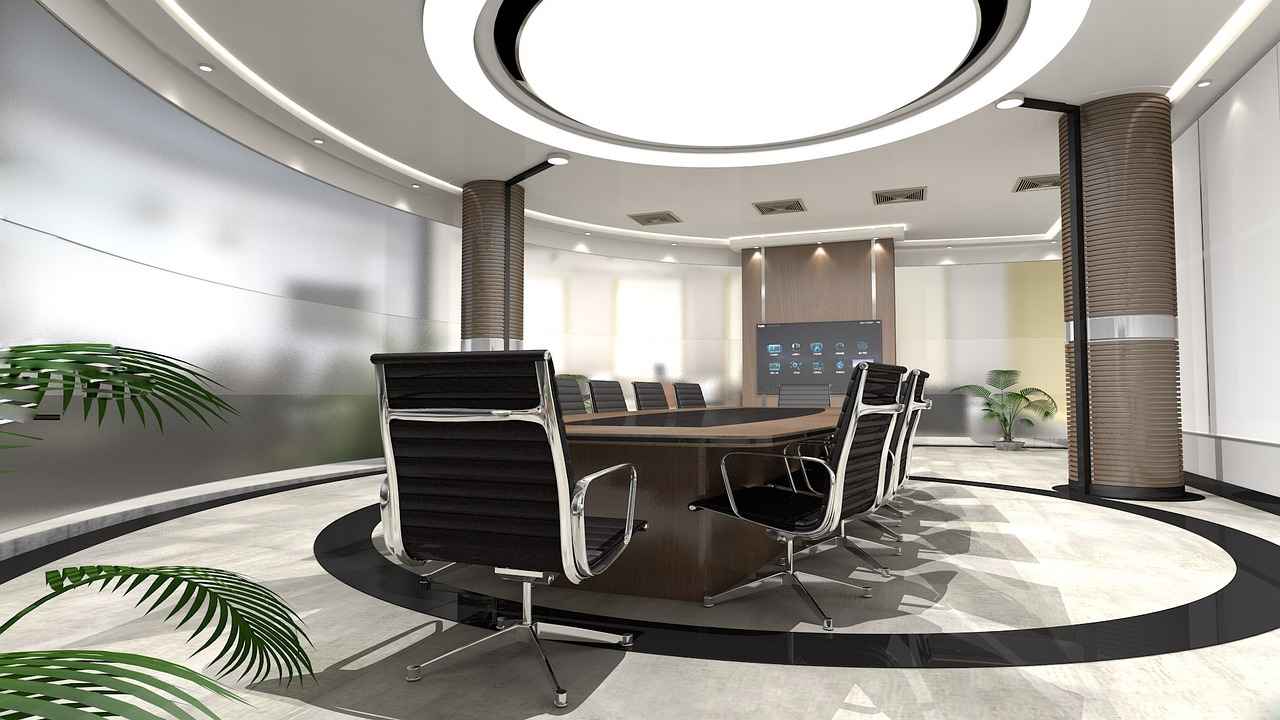
How Do Home Partitions Offer Flexibility?
Home partitions play a crucial role in modern living spaces, offering homeowners the ability to adapt their environments to suit evolving needs and preferences. The versatility of these partitions allows for seamless reconfiguration of rooms, transforming how spaces are utilized without the burden of costly renovations. This adaptability is particularly beneficial in today’s fast-paced world, where lifestyles are constantly changing.
One of the most significant advantages of home partitions is their flexibility. Homeowners can easily adjust their living spaces to accommodate new family members, changing interests, or even seasonal activities. For example, a large open-plan area can be transformed into a cozy reading nook or a dedicated play area for children with the addition of simple partitions. This adaptability not only enhances functionality but also allows for a more personalized living experience.
Privacy is another critical factor that home partitions address. In shared living situations, such as with roommates or family members, partitions can create distinct areas that offer personal space. This separation can significantly reduce conflicts over shared spaces and provide individuals with the peace they need to unwind or concentrate on tasks. By incorporating partitions, homeowners can maintain a sense of privacy while still enjoying communal areas.
Home partitions come in various materials, each providing unique benefits. Common options include:
- Wood: Offers a warm, natural aesthetic and is durable.
- Fabric: Adds texture and can be used for sound absorption.
- Acrylic: Provides a modern look while allowing light to pass through.
These materials can be chosen based on the desired style and functionality, making it easy to find an option that complements existing decor.
Investing in home partitions is often a cost-effective solution for homeowners looking to enhance their living spaces without major renovations. Unlike permanent walls, partitions can be easily installed and removed, allowing for a more flexible approach to home design. This means that as needs change, homeowners can reconfigure their spaces without incurring significant costs.
Home partitions also serve as decorative elements that reflect the homeowner’s personal style. With a myriad of designs available, from minimalist to ornate, these partitions can be tailored to fit any aesthetic. This ability to customize not only adds to the visual appeal of a space but also allows homeowners to express their individuality.
By creating designated areas for different activities, home partitions can significantly improve family dynamics. For instance, having a separate space for studying, working, or relaxing can help reduce distractions and promote productivity. This organization leads to a more harmonious living environment, as each family member can enjoy their own space while still being close to one another.
When installing home partitions, it’s essential to consider the layout and flow of the space. Homeowners should assess how the partitions will affect natural light and movement within the home. Additionally, ensuring that the partitions are easily movable can enhance their flexibility, allowing for future changes as needs evolve.
In conclusion, home partitions offer a myriad of benefits that cater to the dynamic lifestyles of modern homeowners. From enhancing privacy and personal space to allowing for stylish customization, these versatile dividers are an excellent investment for anyone looking to optimize their living environment.
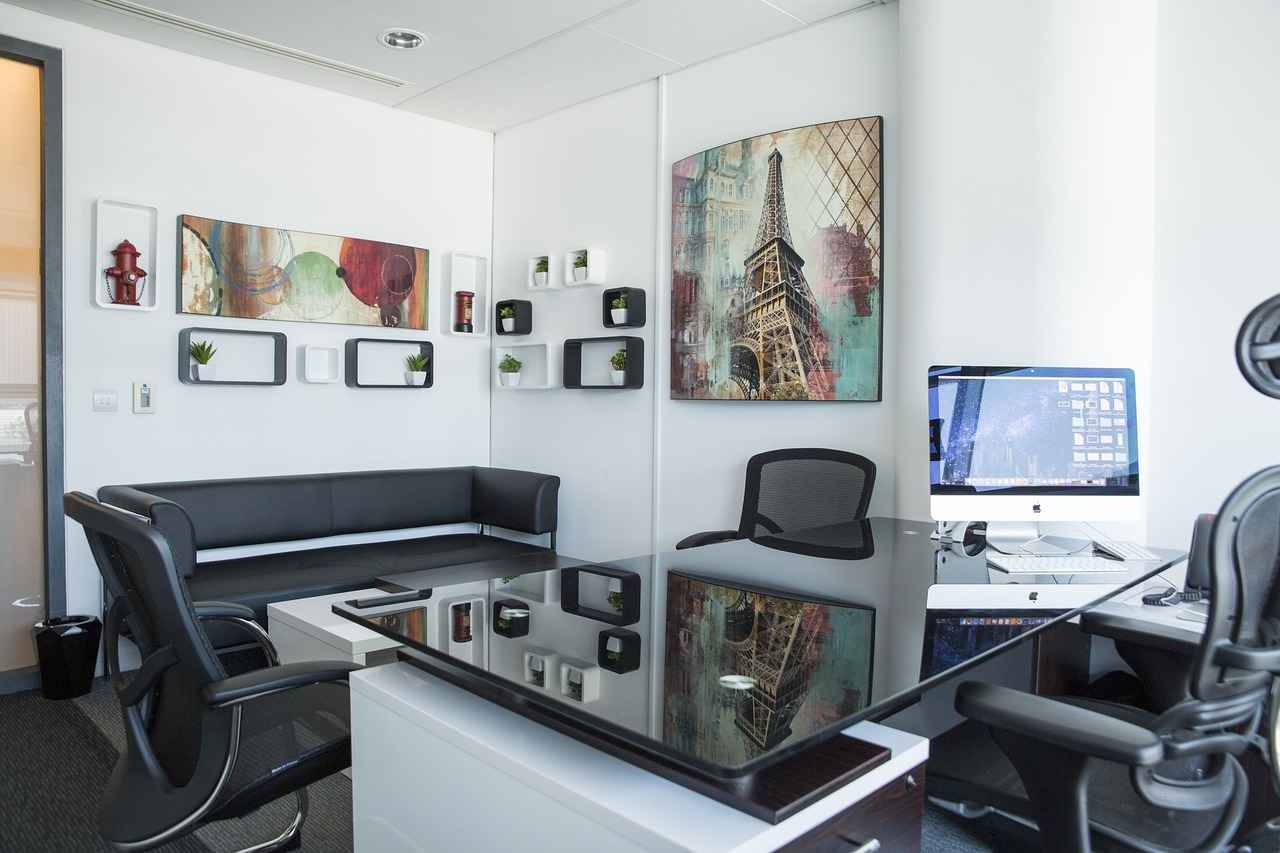
What Materials Are Commonly Used for Office Cubicle Dividers?
When it comes to designing an effective office environment, office cubicle dividers play a crucial role. These modular partitions not only enhance privacy but also contribute to the overall functionality and aesthetics of the workspace. Understanding the various materials used in cubicle dividers is essential for making an informed choice that aligns with your office needs.
Office cubicle dividers are typically made from a variety of materials, each offering distinct advantages. Here’s a closer look at some of the most common materials:
- Fabric: Fabric-covered cubicle dividers are popular due to their sound-absorbing properties. They can significantly reduce noise levels in an open office setting, making them ideal for environments where concentration is key. Additionally, fabric dividers come in an array of colors and patterns, allowing for customization that can enhance the office’s aesthetics.
- Glass: Glass dividers provide a modern and sleek appearance while maintaining a sense of openness. They allow natural light to flow through, which can improve the overall mood of the workspace. However, glass dividers may not offer as much sound absorption as other materials, making them better suited for collaborative areas rather than quiet zones.
- Metal: Metal dividers are known for their durability and stability. They can withstand wear and tear, making them a long-lasting option for high-traffic areas. Metal dividers often come in various finishes, allowing for a contemporary look that can complement modern office designs.
- Wood: Wooden dividers add a touch of warmth and elegance to any office space. They can be crafted in different styles, from rustic to contemporary, and can provide excellent sound insulation. However, wooden dividers may require more maintenance compared to other materials.
- Acrylic: Acrylic dividers are lightweight and can be molded into various shapes and sizes. They provide a clear view while still offering some level of separation. Acrylic is also easy to clean, making it a practical choice for busy office environments.
Each of these materials has its own set of benefits, and the choice largely depends on the specific needs of the office. For instance, if acoustic privacy is a priority, fabric or wooden dividers may be the best options. On the other hand, if a modern aesthetic is desired, glass or metal dividers might be more suitable.
Furthermore, it’s important to consider the installation process and how these materials can be integrated into the existing office layout. Some materials, like fabric and wood, may require more intricate installation techniques, while metal and acrylic can often be assembled more quickly. Understanding these factors will help in making a decision that enhances both functionality and visual appeal.
In conclusion, the materials used for office cubicle dividers greatly influence their performance and aesthetic appeal. By carefully selecting the right type of divider, businesses can create a workspace that promotes productivity, privacy, and a pleasant atmosphere.
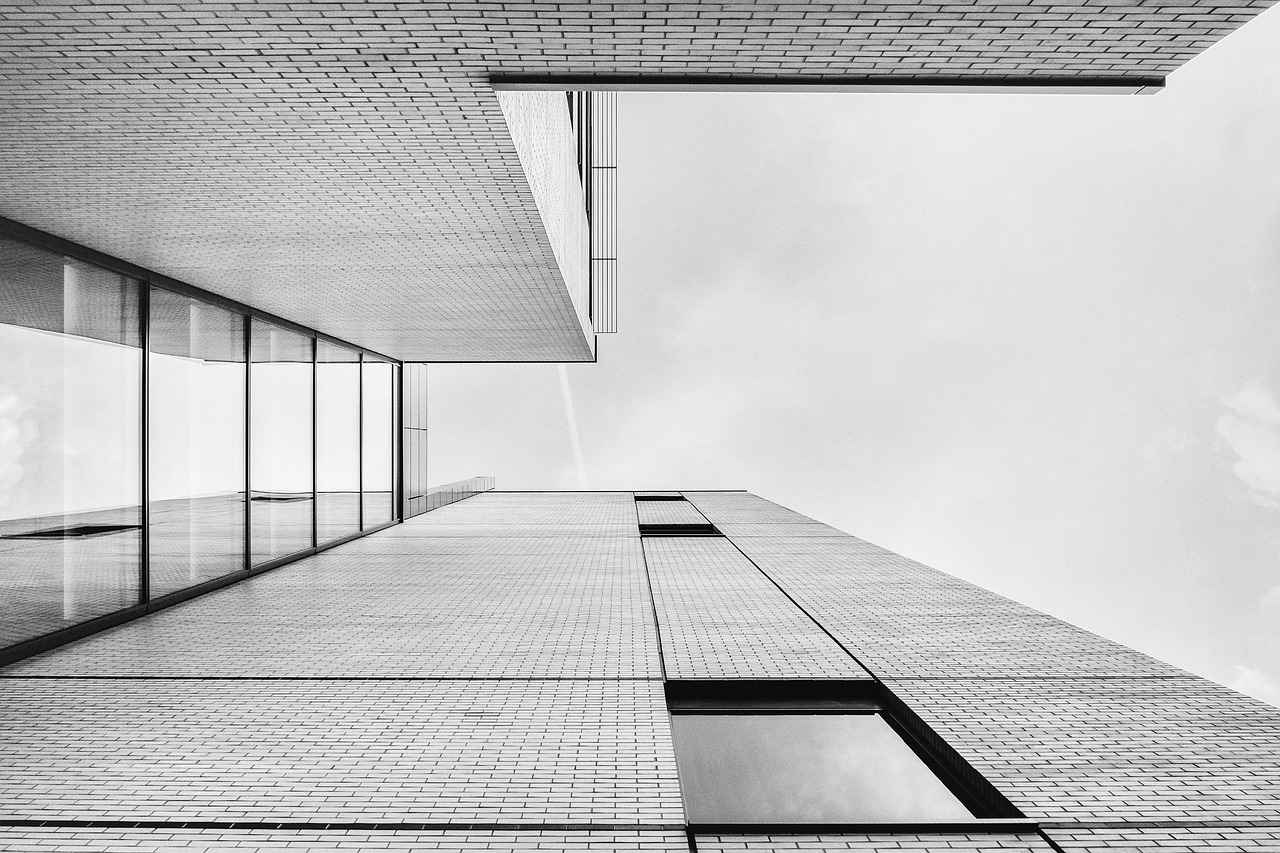
What Materials Are Best for Home Partitions?
When it comes to creating distinct areas within a home, the choice of materials for home partitions plays a crucial role. Homeowners are increasingly looking for solutions that not only meet their functional needs but also align with their design preferences. In this article, we will explore the various materials commonly used for home partitions, highlighting their advantages and suitability for different spaces.
- Wood: Wood is a classic choice for home partitions due to its natural beauty and versatility. It can be crafted into various styles, from rustic to modern, allowing homeowners to match their decor. Additionally, wood partitions can provide excellent sound insulation, creating a quieter environment. However, they may require maintenance to prevent warping or damage over time.
- Fabric: Fabric partitions offer a soft and inviting aesthetic, making them ideal for areas where comfort is a priority, such as bedrooms or playrooms. They come in a wide range of colors and patterns, enabling customization to fit any theme. Fabric is also lightweight and easy to install, but it may not provide as much privacy or sound absorption as other materials.
- Acrylic: Acrylic partitions are a modern and stylish option that allows for light to pass through while still providing a visual barrier. They are available in various colors and finishes, making them suitable for contemporary spaces. Acrylic is durable and easy to clean, though it may scratch more easily than glass or wood.
- Glass: Glass partitions are perfect for creating a sense of openness while maintaining separation. They are commonly used in home offices or studios, where natural light is essential. Glass can be frosted or clear, depending on the level of privacy desired. While elegant, glass partitions can be more expensive and may require professional installation.
- Metal: Metal partitions, often made from aluminum or steel, are durable and can add an industrial touch to modern homes. They are typically used in combination with other materials, such as glass or wood, to create unique designs. Metal is resistant to wear and tear, making it a long-lasting choice.
Choosing the right material for home partitions depends on several factors, including design preferences, functional needs, and budget. For instance, if you prioritize aesthetics and want to create a cozy atmosphere, wood or fabric might be the best fit. On the other hand, if you need a more modern solution that emphasizes openness, glass or acrylic could be ideal.
Furthermore, consider the flexibility of the materials. For example, fabric partitions can be easily moved or changed, allowing homeowners to adapt their spaces as needed. In contrast, more permanent materials like wood or metal may require more effort to modify.
In conclusion, the best materials for home partitions vary based on individual preferences and requirements. By understanding the advantages and characteristics of each option, homeowners can make informed decisions that enhance both the functionality and aesthetics of their living spaces.
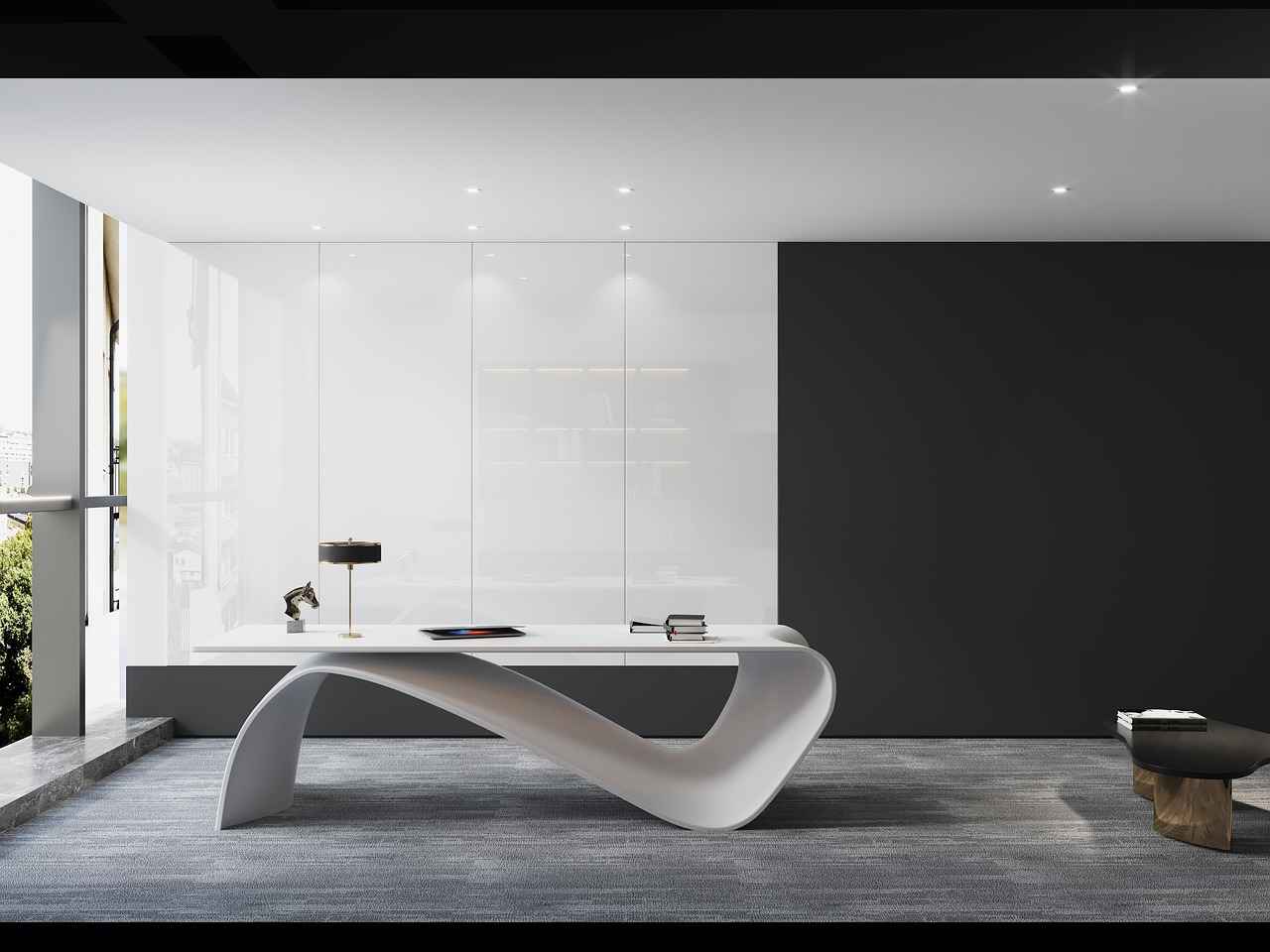
How Do Office Cubicle Dividers Affect Acoustic Privacy?
In today’s fast-paced work environment, acoustic privacy has become an essential consideration in office design. As workplaces evolve to embrace open layouts, the challenge of noise management becomes increasingly significant. This is where office cubicle dividers come into play, serving not just as physical barriers, but as vital tools in enhancing employee focus and productivity.
Acoustic privacy refers to the ability to control sound levels in a given space, ensuring that conversations and noise do not disrupt the workflow of individuals nearby. In an office setting, high noise levels can lead to distractions, decreased productivity, and increased stress among employees. By implementing effective solutions such as cubicle dividers, businesses can create a more conducive work environment.
Office cubicle dividers are designed to segment workspaces, providing employees with their own area while minimizing sound transmission. These dividers are typically constructed from materials that absorb sound, such as fabric, acoustic panels, or even glass. By strategically placing these dividers, companies can significantly reduce the amount of noise that travels between cubicles, allowing employees to concentrate better on their tasks.
- Improved Concentration: With reduced noise levels, employees can focus more effectively on their work, leading to higher quality outputs.
- Better Communication: When noise is minimized, employees can communicate more clearly without the need to raise their voices, fostering a collaborative environment.
- Increased Job Satisfaction: A quieter workspace can contribute to overall employee well-being, reducing stress levels and increasing job satisfaction.
The effectiveness of cubicle dividers in providing acoustic privacy largely depends on the materials used. Some of the most common materials include:
| Material | Benefits |
|---|---|
| Fabric | Softens sound and reduces echo, creating a warmer atmosphere. |
| Glass | Offers a modern aesthetic while providing sound isolation when combined with acoustic treatments. |
| Acoustic Panels | Specifically designed to absorb sound, these panels can be integrated into cubicle designs for optimal performance. |
While cubicle dividers are effective, they are not the only solution for managing noise levels in an office. Other options include:
- Soundproofing Materials: Installing soundproofing materials in the walls and ceilings can provide a more permanent solution to noise issues.
- White Noise Machines: These devices can mask background noise, creating a more serene work environment.
- Strategic Layouts: Designing the office layout to position noisy areas away from quiet zones can also help manage sound levels.
Yes, inadequate acoustic privacy can lead to higher stress levels and decreased mental health among employees. By investing in cubicle dividers that enhance acoustic privacy, companies not only improve productivity but also contribute to the overall health and well-being of their workforce.
In conclusion, the implementation of office cubicle dividers plays a crucial role in enhancing acoustic privacy within the workplace. By reducing noise levels and creating a more focused environment, these dividers significantly contribute to employee productivity and satisfaction. As businesses continue to adapt to modern work trends, prioritizing acoustic solutions will be essential for fostering a healthy and efficient workplace.
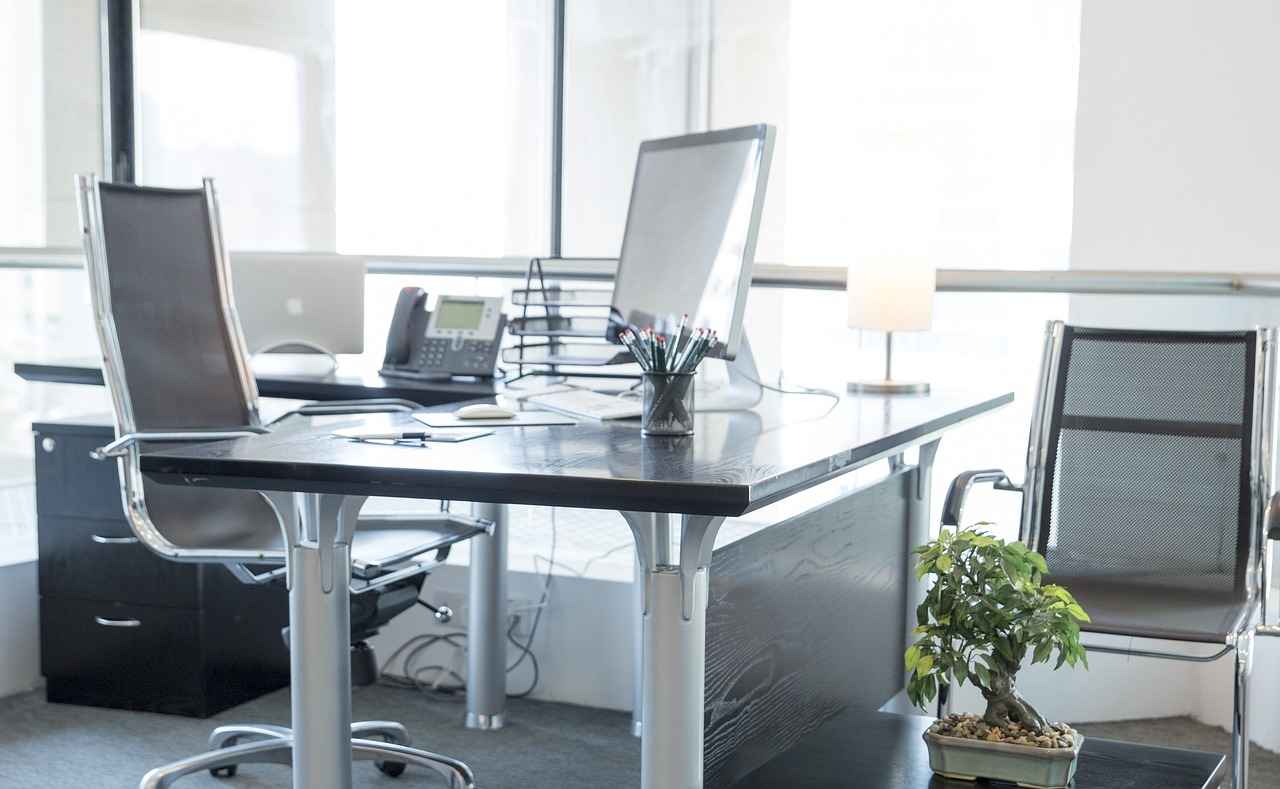
Can Home Partitions Improve Family Dynamics?
Home partitions are increasingly recognized for their role in enhancing family dynamics. These versatile dividers can transform open spaces into more functional areas, leading to improved interactions among family members. By creating designated zones for various activities, home partitions not only promote better organization but also foster personal space, which can significantly reduce conflicts.
Having personal space is crucial for every family member. It allows individuals to engage in activities that they enjoy without interruptions. For instance, children can have their play area, while parents can set aside a quiet zone for reading or working. This separation helps in establishing boundaries, which is essential for maintaining harmony within the household.
Home partitions can be strategically placed to create specific areas for various functions. For example, a living room can be divided into a cozy reading nook and a play area for children. This setup not only maximizes the use of space but also allows family members to engage in their preferred activities simultaneously without feeling crowded. Such arrangements can lead to a more peaceful home environment.
Psychologically, having designated areas can help individuals feel more secure and less stressed. When family members have their own spaces, they can unwind and recharge. This sense of autonomy is vital for mental health, especially in larger families where interactions can sometimes become overwhelming. Home partitions can thus serve as a buffer that allows for both togetherness and solitude.
Conflicts often arise in homes due to overlapping activities in shared spaces. By using home partitions, families can clearly delineate areas for different uses, which can alleviate disputes. For instance, if a teenager wants to use the living room for studying while younger siblings wish to play, a partition can provide a visual and physical barrier. This can lead to more respectful interactions and a greater understanding of each other’s needs.
Home partitions come in various styles and materials, allowing homeowners to select options that fit their aesthetic preferences and functional requirements. From wooden screens to fabric dividers, the choices are plentiful. Some partitions even offer the flexibility of being movable, allowing families to reconfigure their spaces as needed. This adaptability is particularly beneficial in homes with changing dynamics, such as when children grow up or new family members join.
Interestingly, while partitions create physical separations, they can also enhance communication within families. By establishing clear zones, family members can interact more meaningfully during designated times. For example, a dining area separated by a partition can become a dedicated space for family meals and discussions, fostering stronger connections. Such intentionality in space usage encourages families to prioritize quality time together.
While home partitions offer numerous benefits, it’s important to consider potential downsides. For instance, poorly designed partitions may obstruct natural light or make spaces feel cramped. It’s essential to choose designs that maintain an open feel while still providing the desired separation. Additionally, families should communicate openly about how they wish to use these spaces to avoid misunderstandings.
In summary, home partitions can significantly improve family dynamics by creating personal spaces, facilitating various activities, and reducing conflicts. By thoughtfully incorporating these dividers into a home, families can enjoy a more harmonious living environment that respects individual needs while promoting togetherness.

What Are the Installation Considerations for Office Cubicle Dividers?
When it comes to creating an efficient and functional workspace, office cubicle dividers play a crucial role. However, the installation process requires careful consideration of various factors to ensure that these dividers not only enhance productivity but also meet the specific needs of the environment. Below are some key aspects to keep in mind when installing office cubicle dividers.
The layout of your office is one of the most critical factors to consider. Before installation, it is essential to analyze the current space and determine how the dividers will fit into the overall design. Will they create a fluid workflow? Consider using a floor plan to visualize how the dividers will segment areas for different teams or functions. This planning stage can significantly impact employee collaboration and communication.
The height of the cubicle dividers is another important consideration. Taller dividers can provide more privacy but may also create a sense of isolation. Conversely, shorter dividers can foster a more open environment but might not offer adequate sound absorption. It’s essential to strike a balance that suits the needs of your team while promoting a collaborative atmosphere.
Accessibility is vital in any workspace. When installing office cubicle dividers, ensure that they do not obstruct pathways or create barriers for employees with disabilities. Compliance with accessibility standards is not only a legal requirement but also promotes an inclusive workplace culture. Consider the flow of movement and how employees will navigate around the dividers.
Choosing the right materials for cubicle dividers is essential for both aesthetics and functionality. Options like fabric, glass, and metal each offer unique benefits. Fabric dividers can enhance sound absorption, while glass dividers promote a more open and airy feel. Evaluate the needs of your office environment and choose materials that align with your design vision and practical requirements.
Acoustic privacy is a significant concern in open office layouts. When selecting cubicle dividers, consider their sound absorption capabilities. Materials that effectively dampen noise can lead to a more focused and productive environment. This is especially important in areas where employees need to concentrate on tasks without distractions.
Customization options for cubicle dividers can enhance the overall aesthetic of the workspace. Consider incorporating brand colors or unique designs to create a cohesive look that reflects your company culture. Customizable dividers can also accommodate specific needs, such as built-in storage or whiteboard surfaces for brainstorming sessions.
The installation process itself should be planned carefully. Depending on the complexity of the dividers and the office layout, you may want to hire professionals to ensure that everything is set up correctly. Proper installation is crucial for maximizing the effectiveness of the dividers and ensuring safety in the workplace.
After installation, gather feedback from employees to assess how well the cubicle dividers meet their needs. This feedback can provide valuable insights into whether adjustments are necessary. Continuous improvement is key to maintaining an effective workspace.
In conclusion, installing office cubicle dividers requires careful thought and planning. By considering layout, height, accessibility, materials, sound absorption, customization, the installation process, and employee feedback, you can create a workspace that enhances productivity and meets the diverse needs of your team.

What Are the Design Trends for Home Partitions in 2023?
As we step into 2023, the design landscape for home partitions is evolving, reflecting a growing awareness of sustainability and multifunctionality. Homeowners are increasingly seeking solutions that not only enhance the aesthetics of their living spaces but also serve practical purposes. This article delves into the latest trends in home partition design, focusing on eco-friendly materials, innovative styles, and the overall functionality of these spaces.
One of the most significant trends in 2023 is the emphasis on sustainable materials. Homeowners are opting for partitions made from recycled or responsibly sourced materials, such as reclaimed wood, bamboo, and recycled metal. These materials not only reduce environmental impact but also add a unique character to living spaces. The use of low-VOC (volatile organic compounds) paints and finishes is also becoming more prevalent, ensuring that indoor air quality is maintained.
In today’s fast-paced world, homeowners are looking for multifunctional solutions that cater to various needs. Home partitions are being designed to serve multiple purposes, such as acting as storage units, bookshelves, or even workspace dividers. This trend allows for better utilization of space, especially in smaller homes or apartments. For instance, a partition can separate a living area from a home office while providing additional storage for books and decorative items.
In 2023, the design of home partitions has taken a creative turn, with many homeowners opting for bold and artistic designs. Geometric patterns, vibrant colors, and textured finishes are becoming popular choices. These elements not only create visual interest but also allow homeowners to express their personal style. Moreover, the integration of glass elements in partitions can enhance natural light flow, making spaces feel larger and more open.
Flexibility is another critical aspect of modern home partitions. Homeowners are increasingly interested in movable and adjustable partitions that can be easily reconfigured according to changing needs. This adaptability allows for quick transformations of spaces, accommodating everything from family gatherings to quiet work sessions. Products like sliding panels or foldable screens are gaining popularity for their ease of use and functionality.
As technology continues to advance, so does its integration into home design. In 2023, we see a rise in smart partitions that incorporate features like built-in lighting, soundproofing, and even integrated technology for video conferencing. These partitions not only enhance functionality but also contribute to a more modern and efficient living environment.
The design trends for home partitions in 2023 reflect a shift towards sustainability, multifunctionality, and innovative aesthetics. By focusing on eco-friendly materials and adaptable solutions, homeowners can create spaces that are both beautiful and practical. As these trends continue to evolve, they will undoubtedly shape the future of interior design, making homes more functional and environmentally conscious.
Frequently Asked Questions
- What are the main differences between office cubicle dividers and home partitions?
Office cubicle dividers are specifically designed for work environments, focusing on creating private workspaces and minimizing distractions. In contrast, home partitions are more versatile, allowing homeowners to define spaces for various activities while also enhancing aesthetic appeal.
- How can office cubicle dividers boost productivity?
By providing employees with a sense of personal space, cubicle dividers help reduce noise and visual distractions, enabling workers to concentrate better on their tasks. Think of them as a shield that helps you focus amidst the hustle and bustle of an office.
- Are home partitions a good investment for small spaces?
Absolutely! Home partitions offer flexibility, allowing you to reconfigure your space easily. They can adapt to your changing needs without requiring costly renovations, making them a smart choice for maximizing functionality in small areas.
- What materials are best for acoustic privacy in office cubicles?
Materials like fabric and glass are commonly used for cubicle dividers, as they can effectively absorb sound and create a quieter work environment. Choosing the right material can significantly impact the overall acoustic experience in an office.
- Can home partitions help with family dynamics?
Yes! By creating designated areas for different activities, home partitions can reduce conflicts over shared spaces. Imagine having your own cozy nook for work or relaxation, which can lead to a more harmonious home life.


